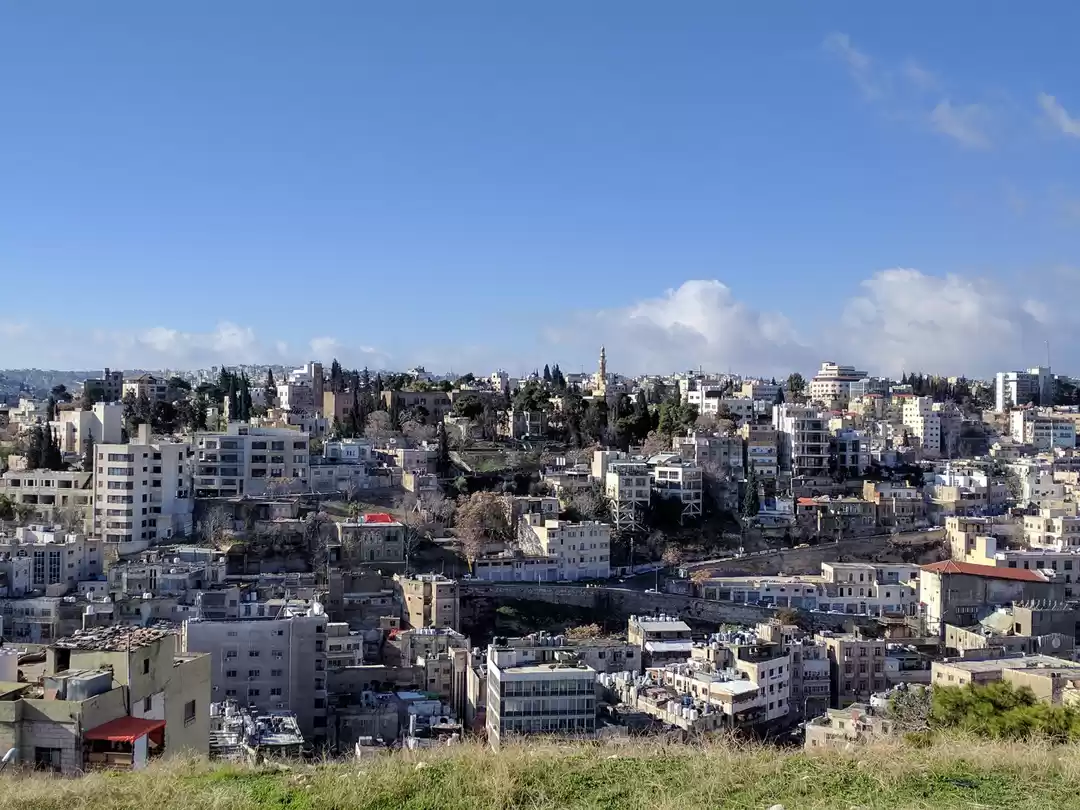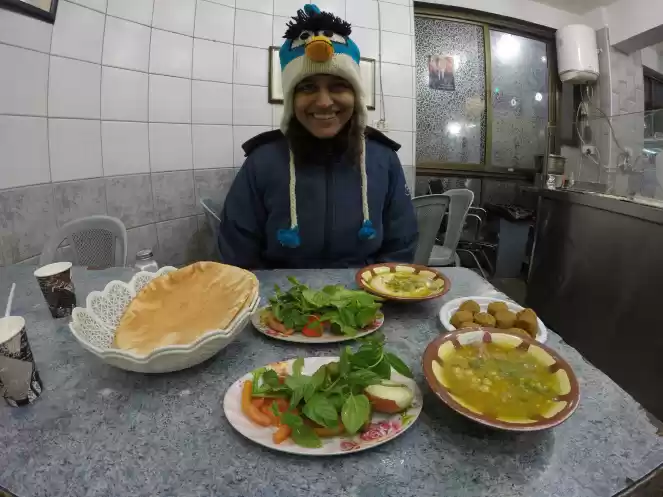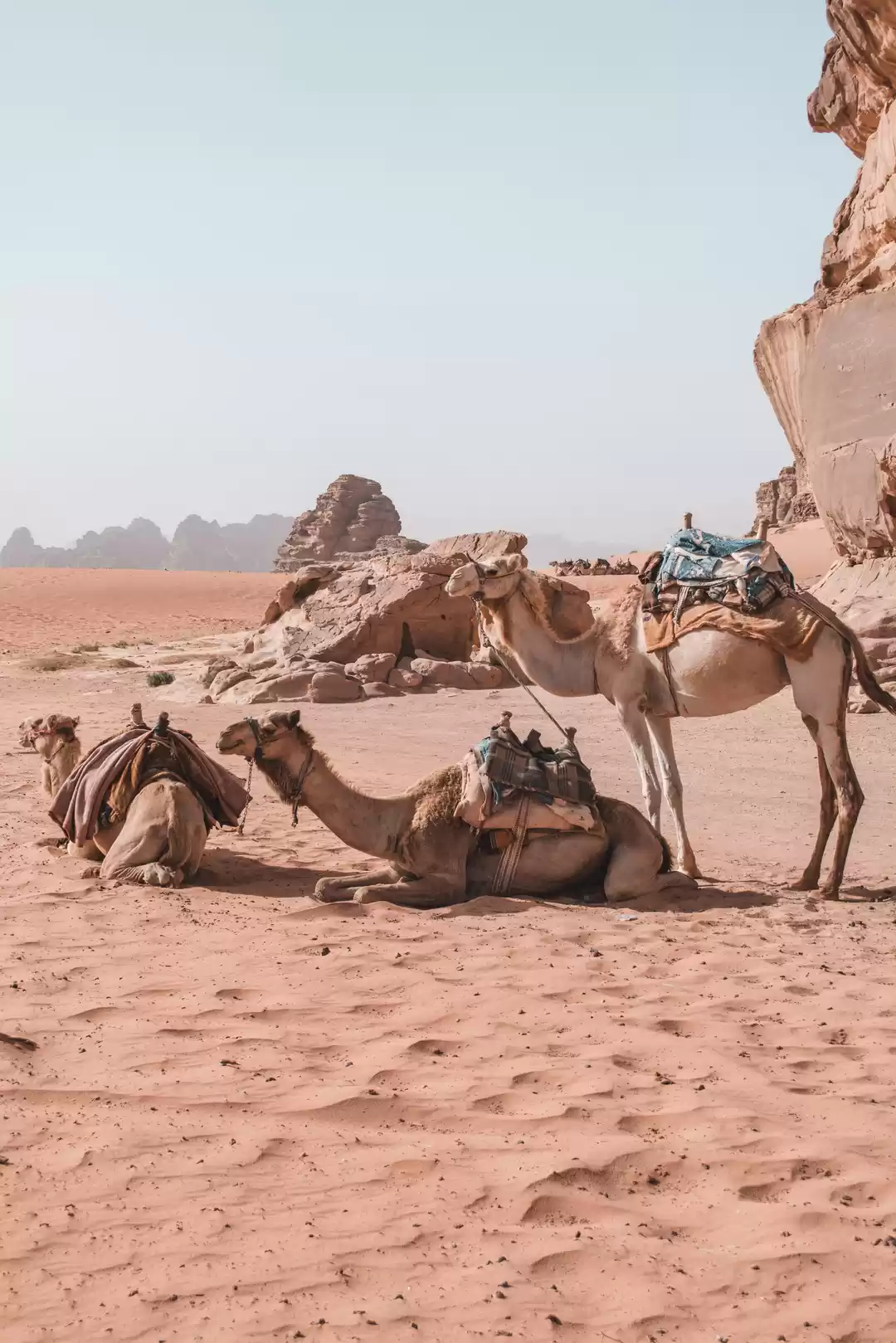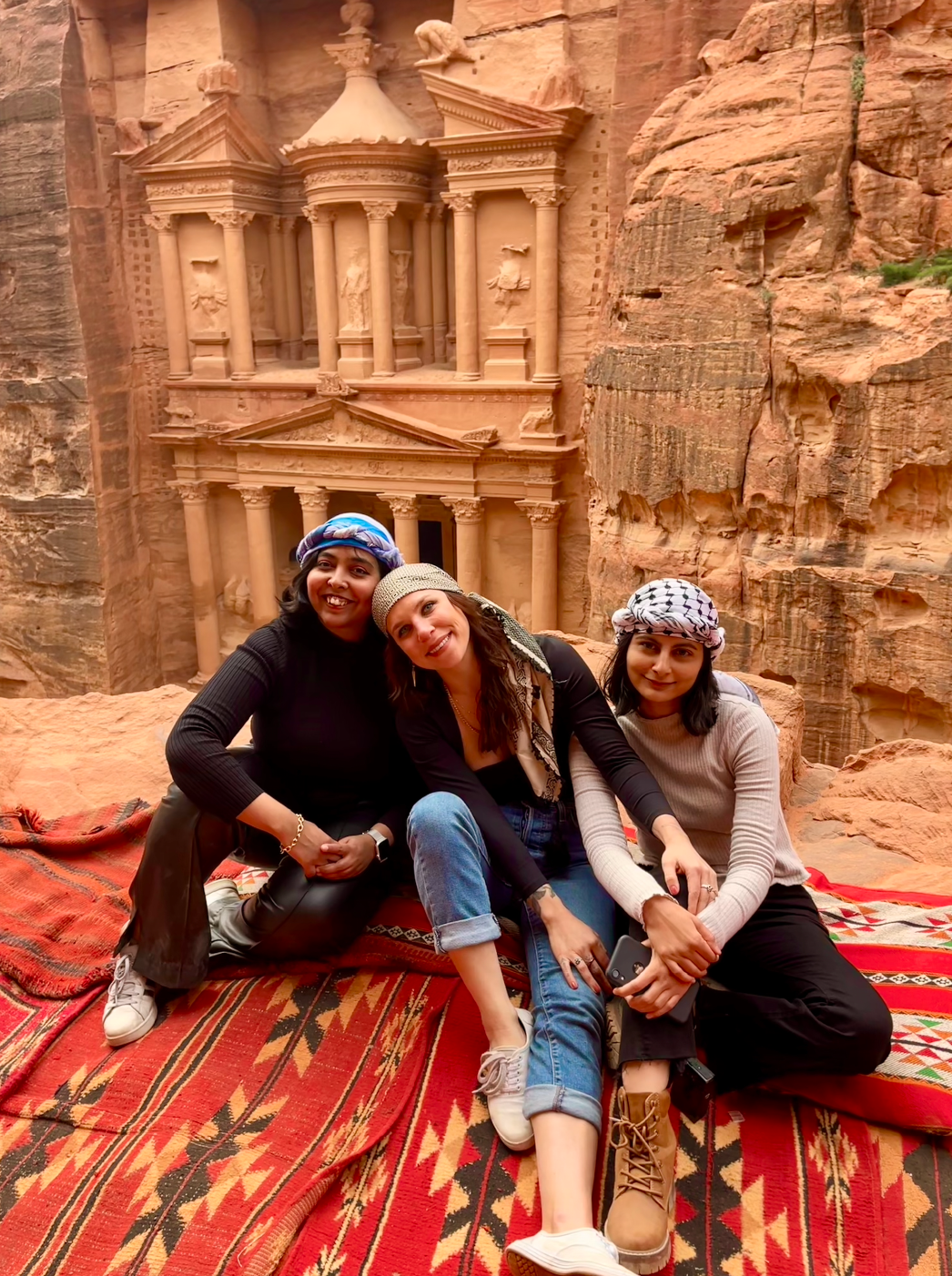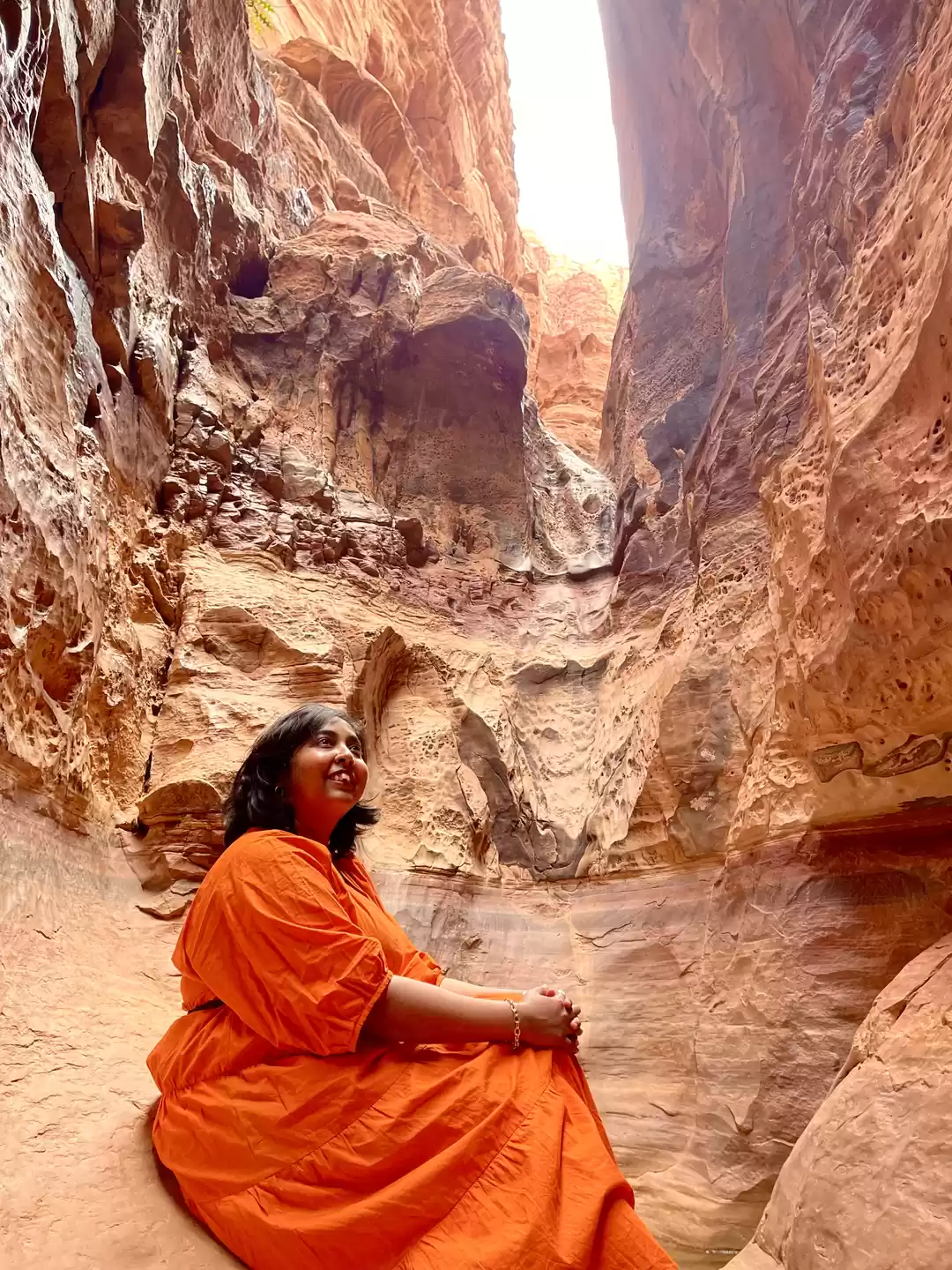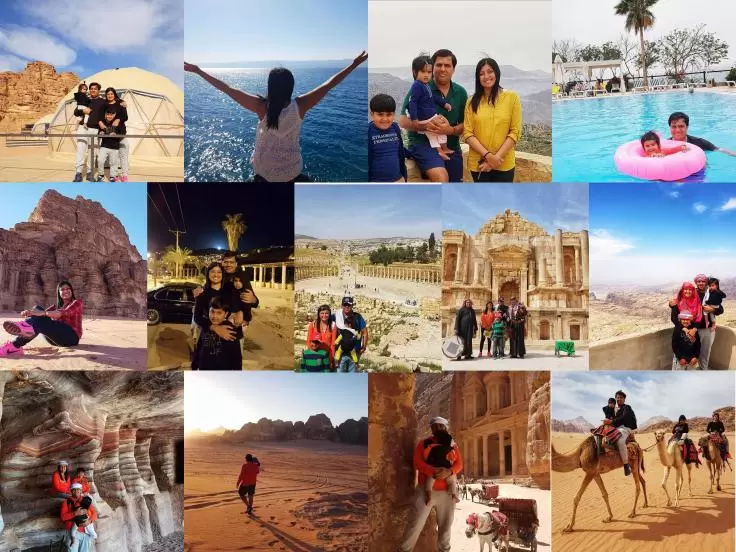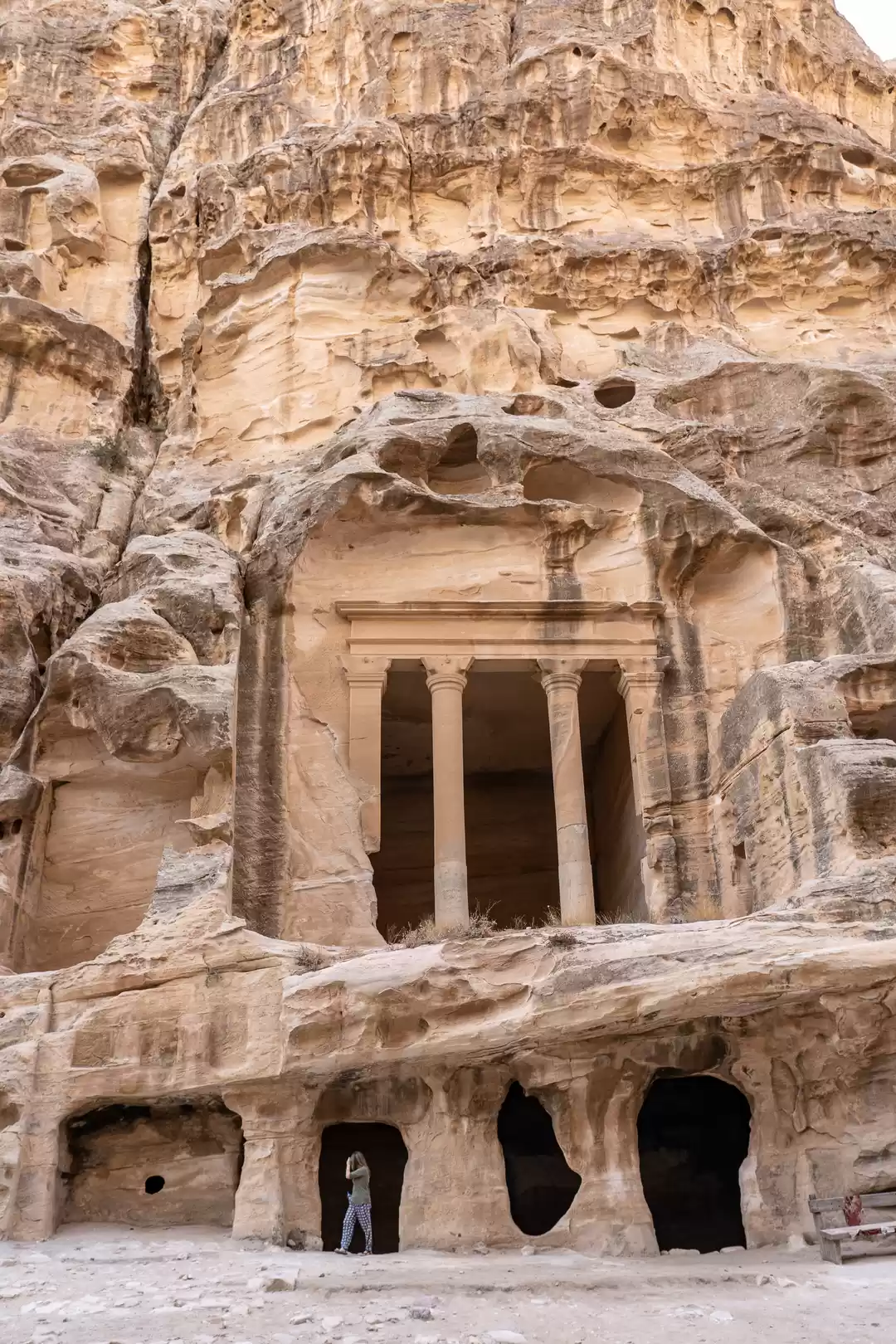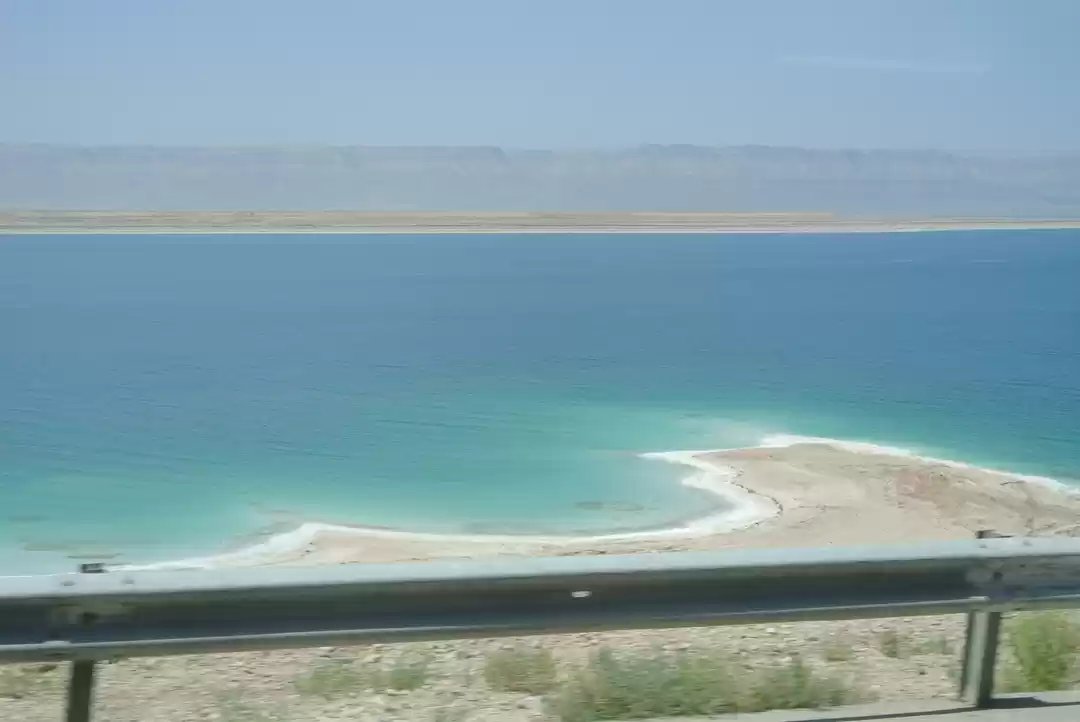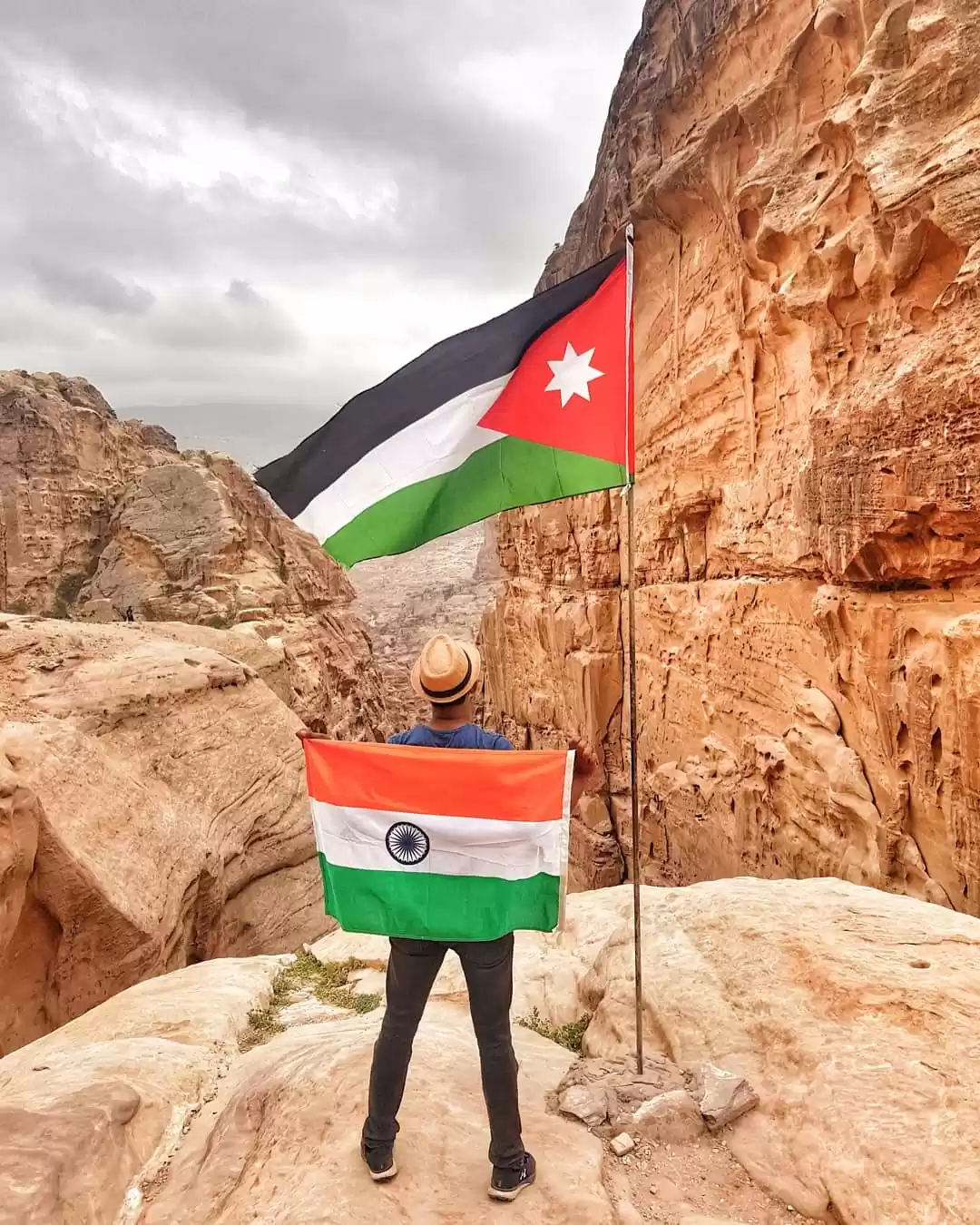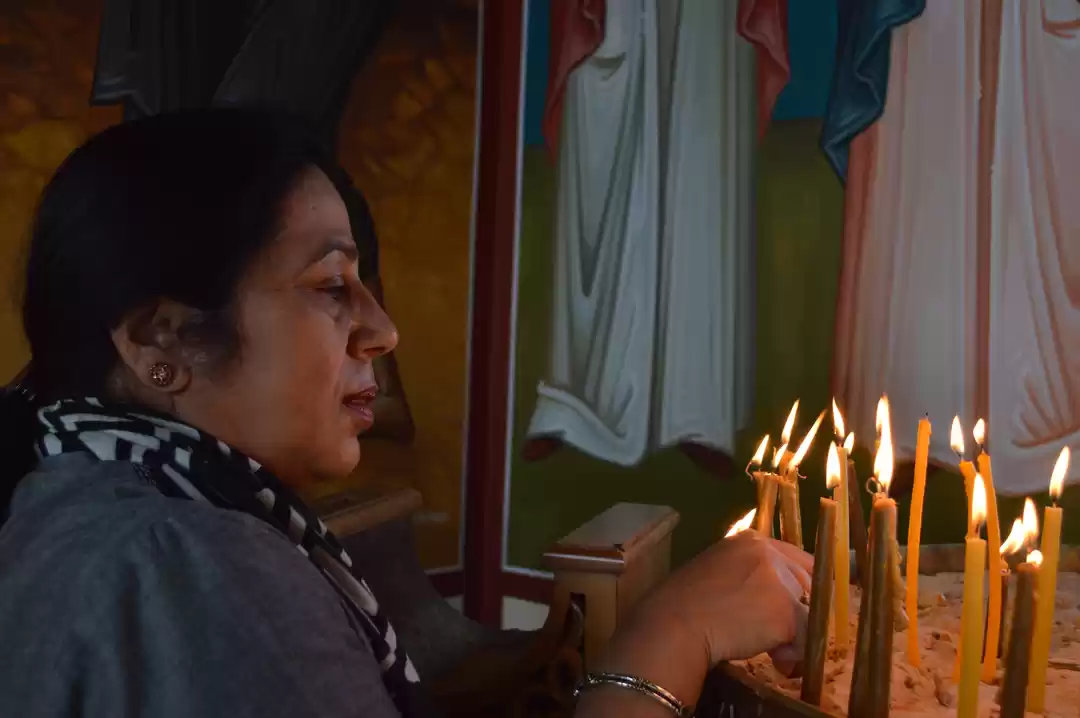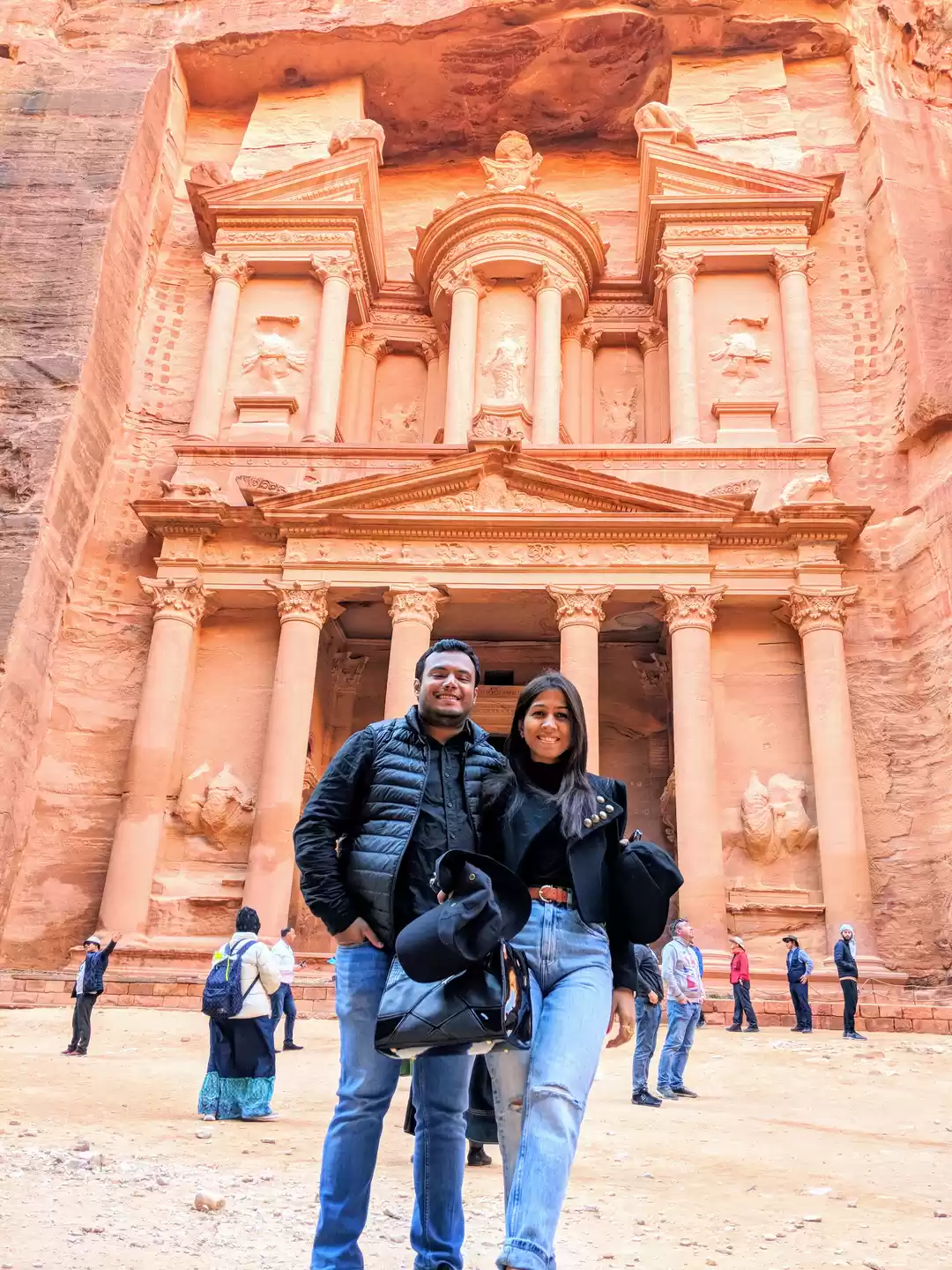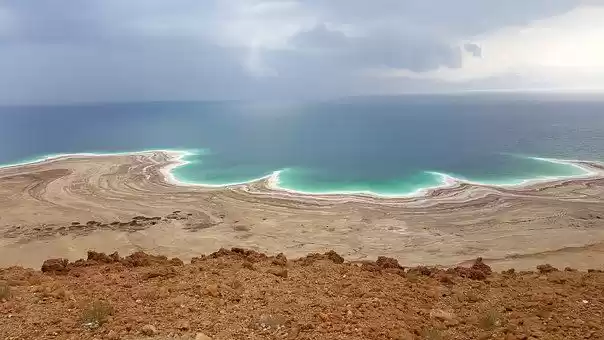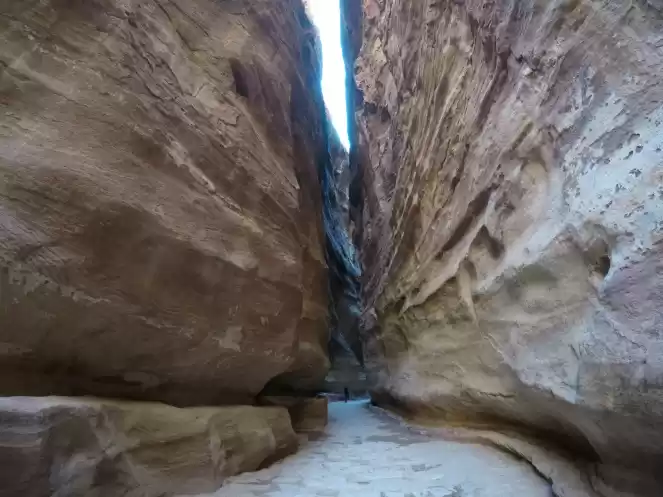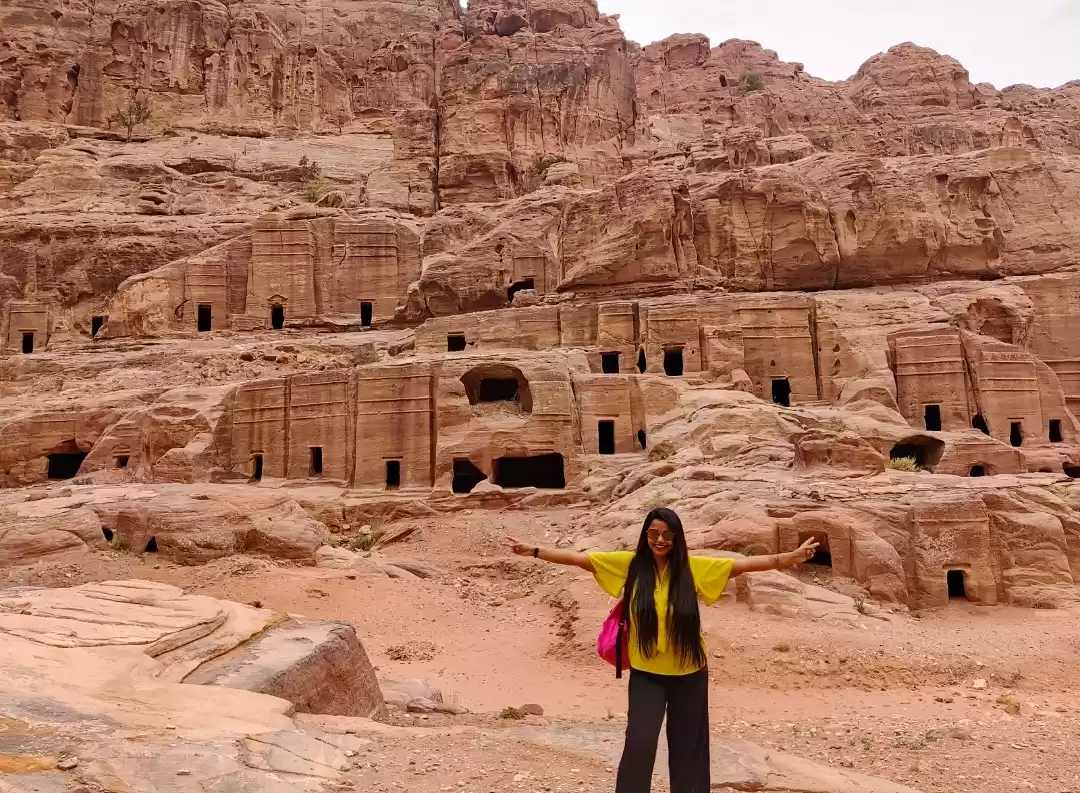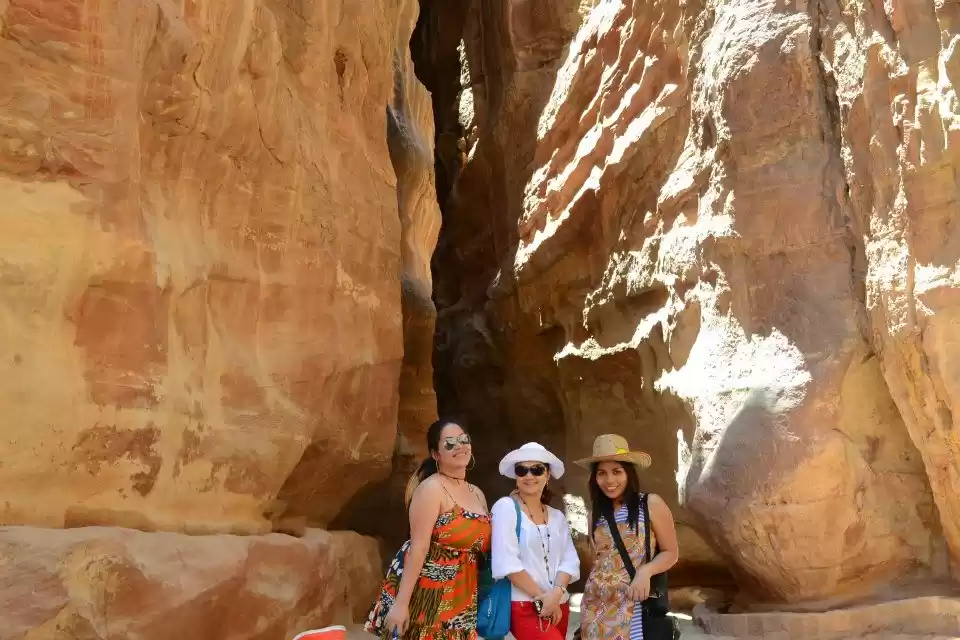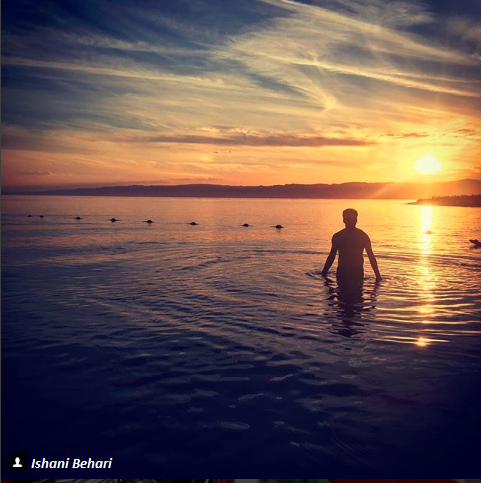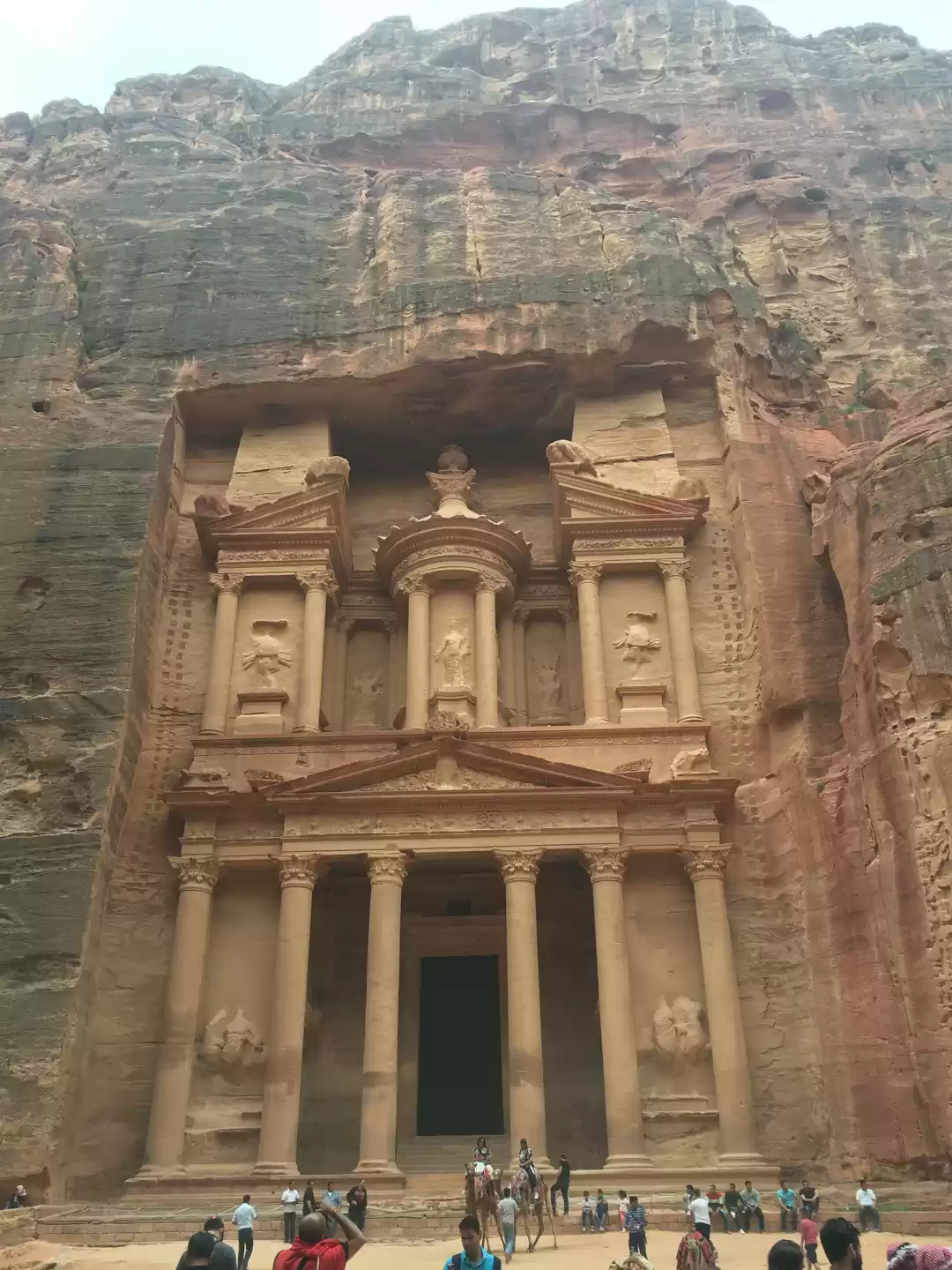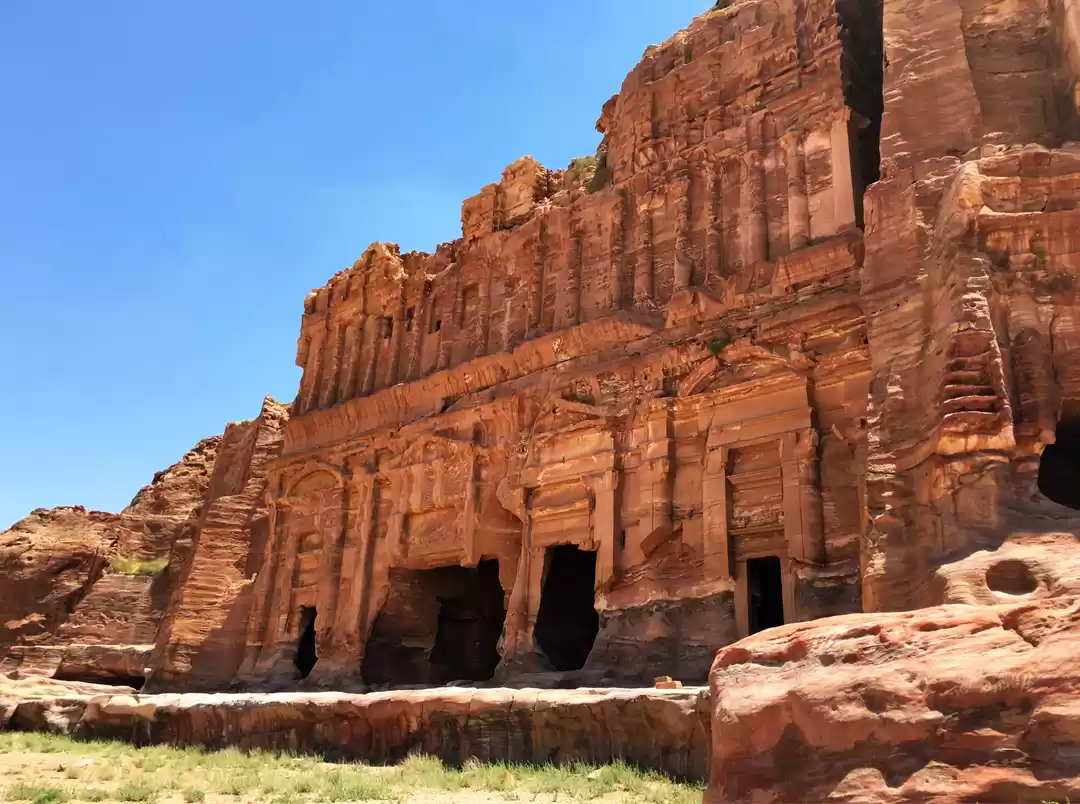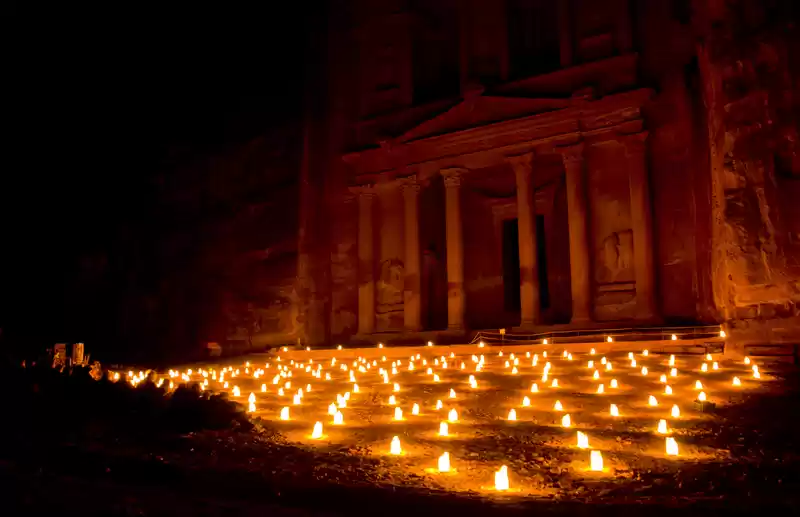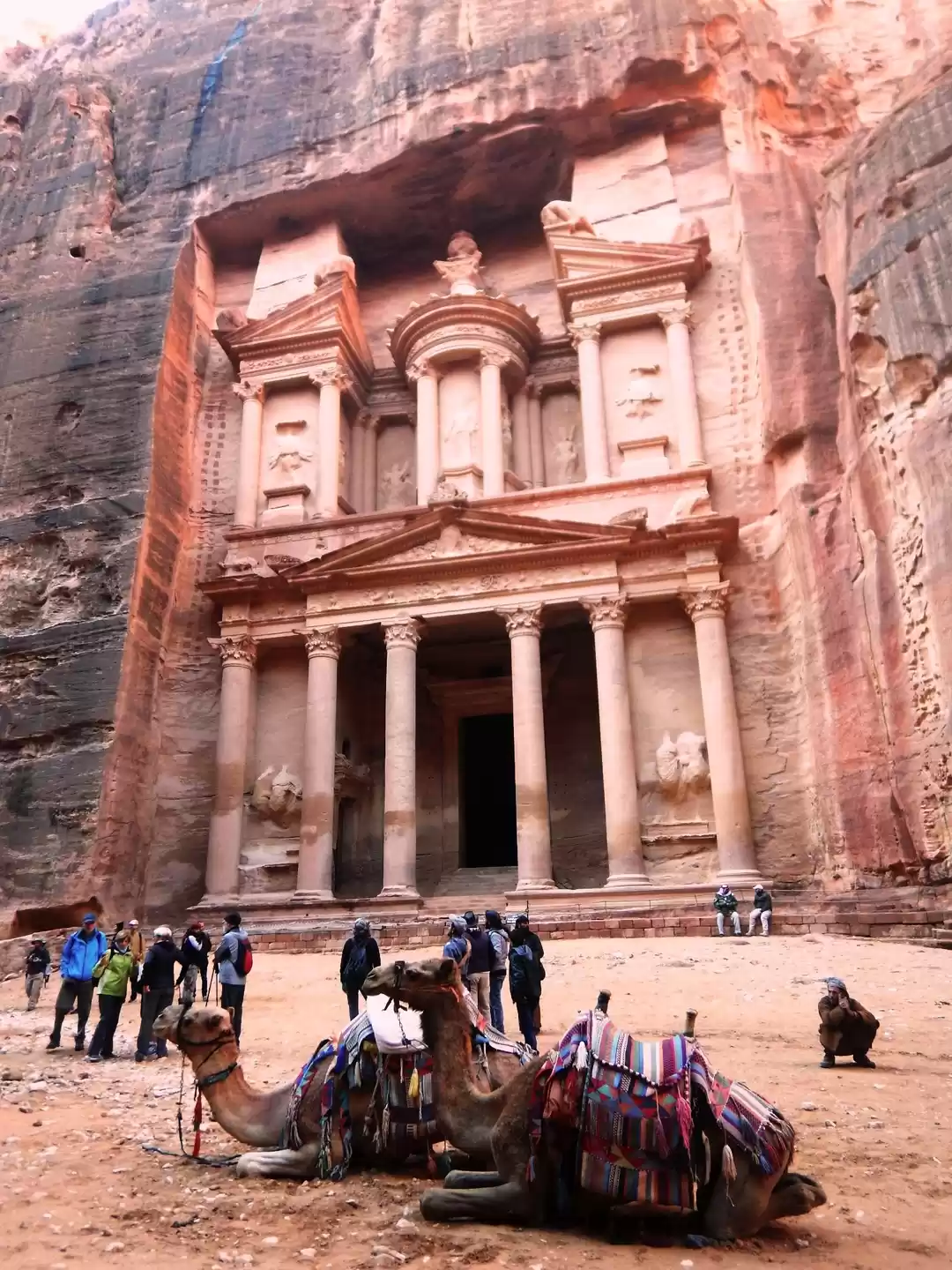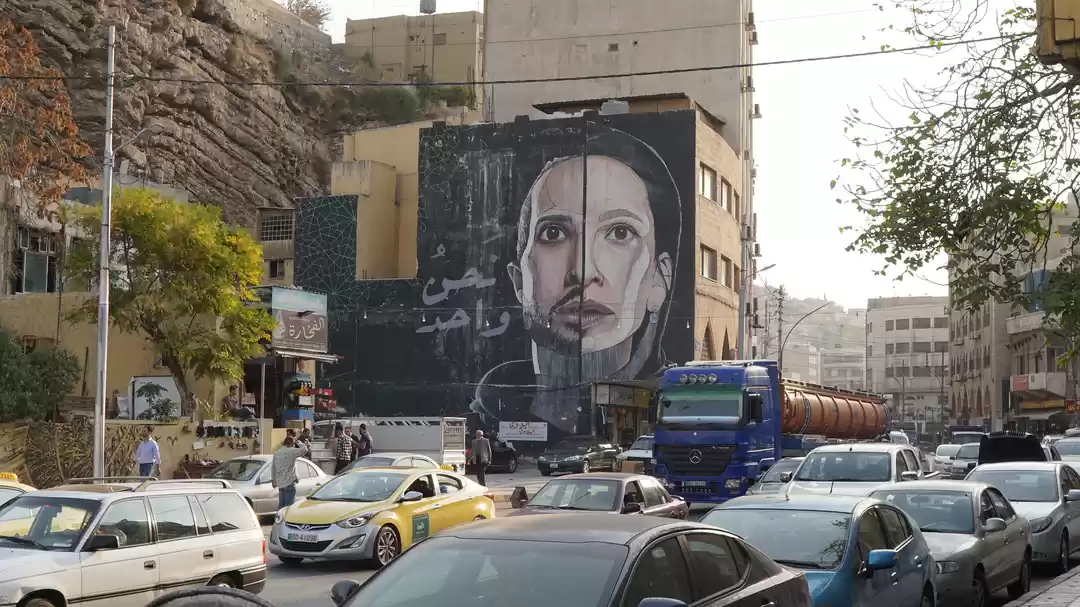
Even for travellers who think they have seen it all, approaching the Treasury in the ancient city of Petra is an impressive sight indeed. Along with such sites as Machu Picchu, Chichen Itza and the Taj Mahal, the so called 'Rose City' is one of the Seven Wonders of the World. Indeed, the city brims with incredible rock-cut architecture, monasteries, temples and churches, not to mention a well-preserved ampitheater. What's more, new discoveries are constantly being made. In fact, most recently, a huge ceremonial platform was uncovered in 2016.
The Nabateans
Built by the Nabateans, it is believed that Petra dates back to the 4 th century BC approximately. The Nabatean capital was, in fact, a thriving city of 30,000 people. Indeed, it was also an important trade centre dealing in myrrh together with frankincense and spices. In 106 AD, the city was taken over by the Romans and in 363 AD many of the buildings were destroyed by an earthquake. Petra was then 'lost' to the western world until it was discovered by Swiss explore, Johannn Ludwig Burckhardt in 1812.
The Treasury
The approach to the Treasury, Petra's most famous monument, is made via a passageway known as the Siq. The narrow high-walled path was formed when a mountain split in two. It is just over a kilometre long and no more than three metres wide at any point. As you come to the end of the Siq, the Treasury can be seen through a narrow gap in the rocks. The monument, which appeared in Indiana Jones and the Temple of Doom, finally reveals itself in a dramatic manner. The magnificent pink sandstone façade has, in fact, been well preserved due to its sheltered position and has an array of intricate carvings.

The Monastery, Ampitheater and Royal Tombs
The monastery is Petra's second most famous monument and was constructed in 2 nd century AD. A total of 822 carved steps lead the way to the huge façade, which is believed to have been used as a church in Byzantine times. Another of Petra's most prominent buildings is the ampitheater, which once accommodated four hundred spectators. Additionally, just past the ampitheater, the four royal tombs - the Urn, Silk and Palace together with the Corinthian tombs are carved into the west-facing cliffs. They are thought to be the final resting place of Nabatean royalty. The tombs look particularly stunning at sunset when they bask in a warm orange glow.

Additionally, there are plenty of nooks, crannies, canyons, churches and boulevards to explore beyond the main structures of the city. In fact, the entire area consists of sixty square kilometres of stunning desert landscapes from towering mountains to dry riverbeds and gorges.

Petra By Night
On Mondays, Wednesdays and Thursdays, Petra by Night Tours are arranged. The tours offer visitors the opportunity to experience the Siq and Treasury illuminated by 1,500 candles. Mint tea is served at the Treasury and visitors are entertained by Bedouin singers, musicians and dancers. As a matter of fact, we loved the night tour and are so glad that we signed up for it. With the candles flickering against the pink rocks, not to mention the refrain of local music filling the night air, and it was undoubtedly one of our most magical travel experiences ever.

Facts
When to go - Summer temperatures can be oppressive under the Jordanian sunshine. On the other hand, winter can be surprising cool, especially at night. Consequently, the best times to visit are Spring (March-May) and autumn (September to November).
How to Get to Petra - Petra is situated about 1.5 hour's drive from Aquaba and 3 hours from Amman. There are buses that leave from both cities. Alternatively a private transfer can be arranged.
Tickets - Tickets for Petra can be purchased at the visitor's centre at the nearby town of Wadi Musa. Passes can be purchased for one, two or three days. The two-day pass doesn't cost much more than a one-day pass and consequently is much better value.
Opening Hours - The site opens at 6.00 am in summer and 7.00 am in winter. It's wise to arrive early to beat the crowds. In fact, it's not a bad idea to arrive at opening time, head straight for the Monastery and then work backwards. By doing that, you can have the Monastery pretty much to yourself. The site closes at 6.00 pm in winter and 6.30 pm in summer. What to take - Wear sturdy shoes as the terrain is rough and you will cover lots of ground. Also, take plenty of water as it is easy to become dehydrated in the desert (although water is available in Petra at a price!)


